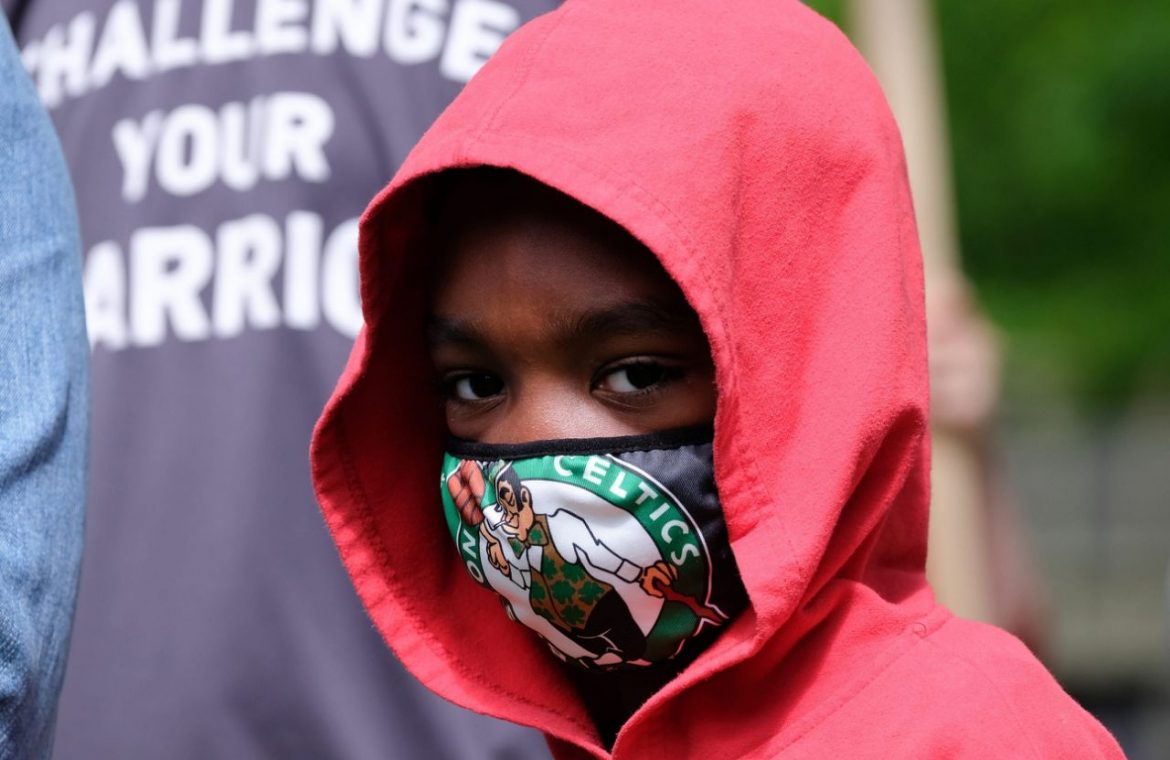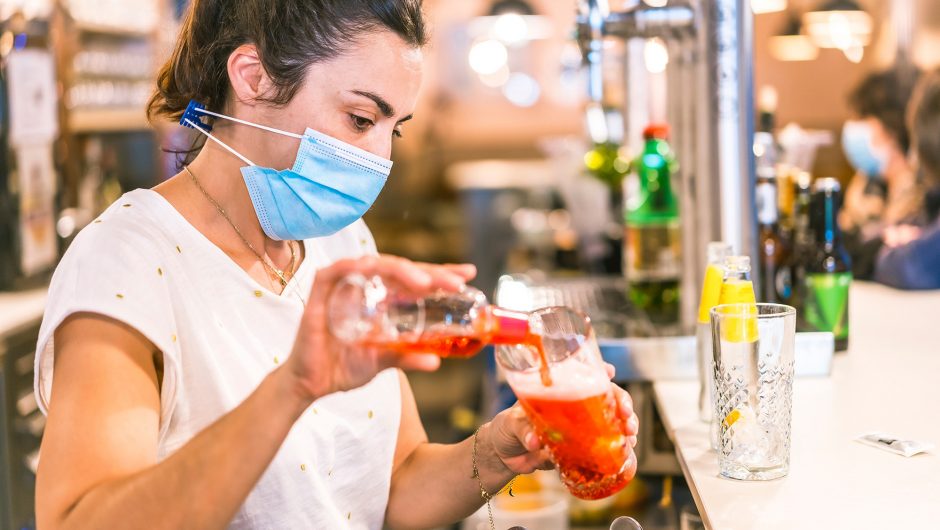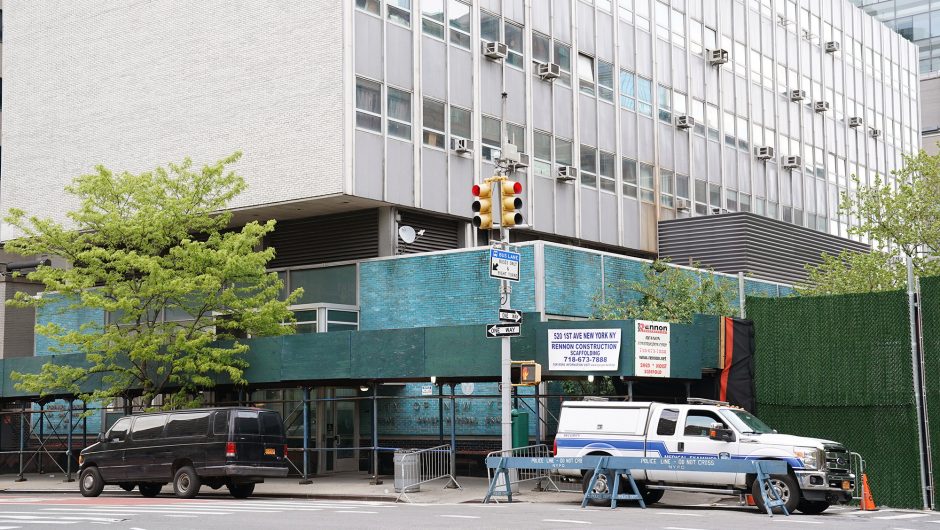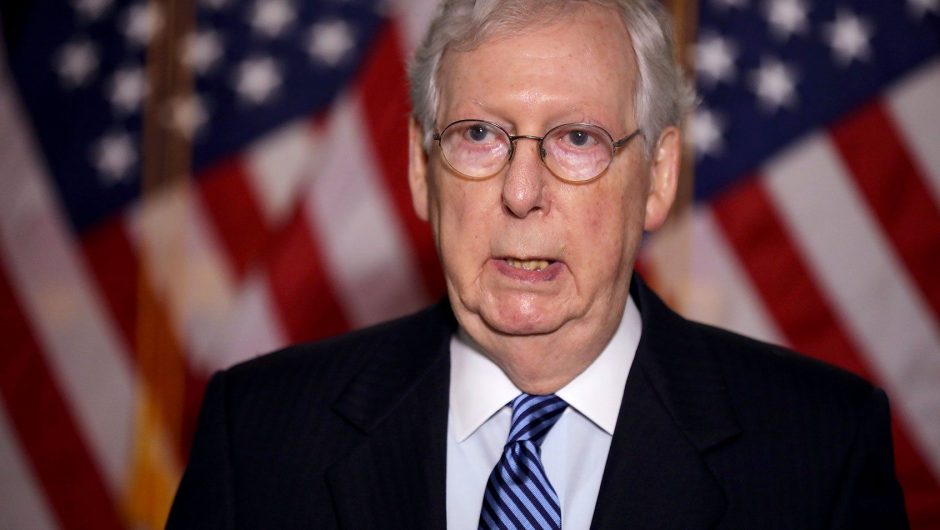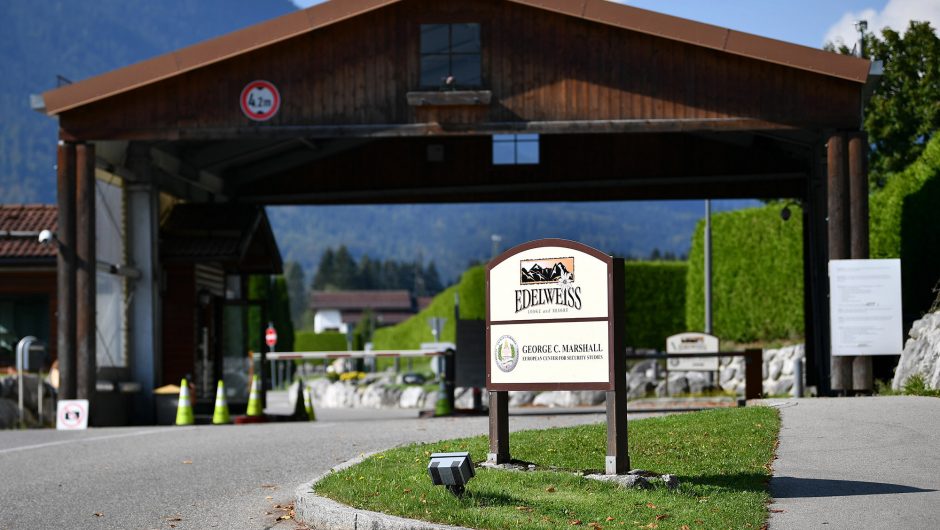A child looks up at his mother during a double funeral service for Lola Simmons-Jones and her daughter Lashaye Antoinette Allen, who both died of coronavirus, at the Denley Drive Missionary Baptist Church in Dallas, Texas on July 30, 2020.
Bryan Smith/AFP via Getty Images
Christopher Hanson was five years old when he died from the coronavirus.
Jameela Dirrean-Emoni Barber was 17, and had been worrying over an unfinished school assignment.
Kimora Lynum was a healthy nine year old girl.
They are three of the more than 121 kids and teens under 21 years old who’ve died from the coronavirus so far across the US.
They were also all Black — representative of a disturbing, deadly trend.
According to a new report from the US Centers for Disease Control and Prevention, very few children who’ve gotten sick with the coronavirus have died. Of the 391,814 cases of COVID-19 — as well as the rare infection linked to it, pediatric multisystem inflammatory syndrome — that the CDC recorded between February 12 and July 31 of this year, only 121 (about 0.03%) were deadly.
But among those 121 young decedents, few were white. The CDC reported that just 17 of those recorded fatalities were in white children, compared with 35 deaths of Black children, and 54 Hispanic deaths.
“The data is horrifying, but not surprising to me,” Dr. Uché Blackstock, founder of Advancing Health Equity, told Insider. “Where you see marginalization and disadvantage, you’re going to find coronavirus.”
Half of all children in the US are white, but they account for only 14% of childhood COVID-19 deathsA young boy wears a face mask during a vigil for George Floyd in Pennsylvania on May 31, 2020.
Preston Ehrler/SOPA Images/LightRocket via Getty Images
The data doesn’t match up with the demographics of the US as a whole: white children comprise about 50% of the kids in the country, according to the Kids Count Data Center, but accounted for only 14% of the childhood COVID-19 deaths.
Story continues
Black children, meanwhile, make up 14% of that same population, but accounted for more than double their ratio in deaths, at 28.9%. The over-representation of Hispanic and Native communities in COVID deaths is even more stark.
One of the key reasons the CDC suspects so many children of color are dying from the coronavirus is because they live in the same households as adults of color, who are more likely to be essential workers, and exposed to the virus on the job.
“Their risk of being infected is higher than white children,” Blackstock said.
Racism, not race, is the reason for the deaths
“Crowded living conditions, food and housing insecurity, wealth and educational gaps, and racial discrimination,” as well as lack of access to care all also likely play a role in the higher rates of death in Black and brown children, the CDC report said.
In other words, the deaths have nothing to do with the color of a child’s skin, they’re tied to systemic racism that puts their health at risk, by subjecting them to different living conditions than their white counterparts.
Those conditions extend outside of a child’s household and into the neighborhoods that Black and brown families disproportionately live in. In these areas, there tends to be worse air and toxic dumps that contribute to asthma, as well as food deserts and other environmental and societal setbacks that hurt their health over time.
“Not just lack of access to food, but, lack of access to green space, lack of access even to healthcare and regular preventative care that could prevent worsening of these chronic conditions,” Blackstock said. “Children don’t go untouched when we’re talking about marginalization and disadvantage.”
A baby boy sits on the “Black Lives Matter” mural in front of Trump Tower in New York on July 9, 2020.
Pablo Monsalve/VIEWpress via Getty Images
Recent studies also show the redlining policies that have kept US neighborhoods segregated by race for decades line up with higher rates of pre-existing conditions that can make COVID-19 harder to fight.
In the UK, both Black and Asian children are more likely to suffer from a rare, but potentially deadly complication thought to be linked to the coronavirus, called pediatric multisystem inflammatory syndrome.
“There are disparities in how Black patients and other patients of color are treated, in terms of complaints being minimized,” Blackstock said.
Many of the children who’ve died from the coronavirus in the US (more than 75%) also had at least one underlying medical condition. The two most common were chronic lung disease and obesity, health issues that have been linked, in study after study, with living in marginalized, disadvantaged communities.
A mother walks her child to school on the first day of in-person classes in Orange County at Baldwin Park Elementary School on August 21, 2020 in Orlando, Florida.
Paul Hennessy/NurPhoto via Getty Images
It’s especially concerning, Blackstock said, as parents weigh how and when to send their kids back to school safely this fall.
“This is bringing up that really difficult, almost false choice that families have where, you know, Black and brown communities are the communities where there already are opportunity gaps in terms of education,” she said. “And if we keep school closed, we know that remote learning is not as effective as in person. But at the same time, these are the communities and children that are most at-risk for being infected with coronavirus.”
Read the original article on Business Insider


